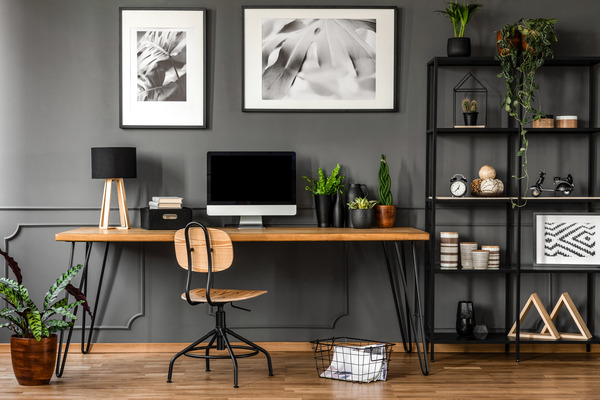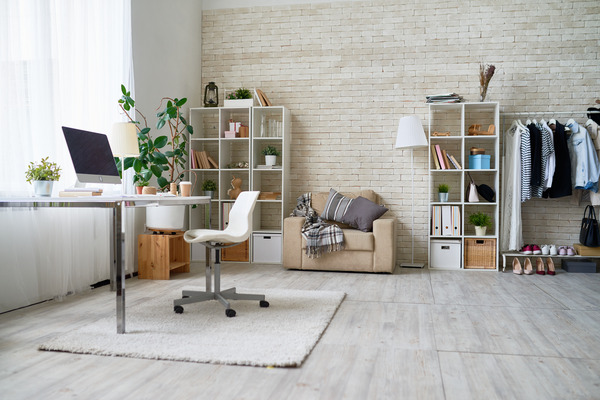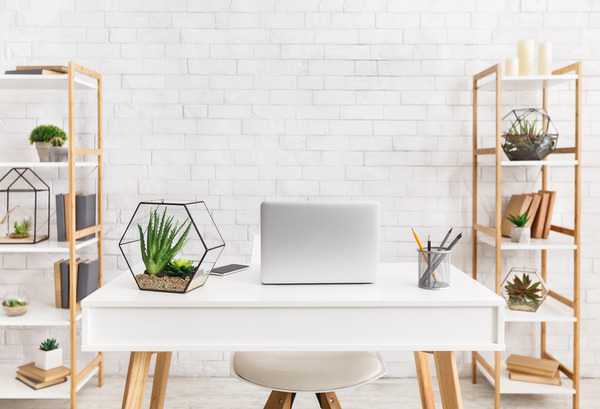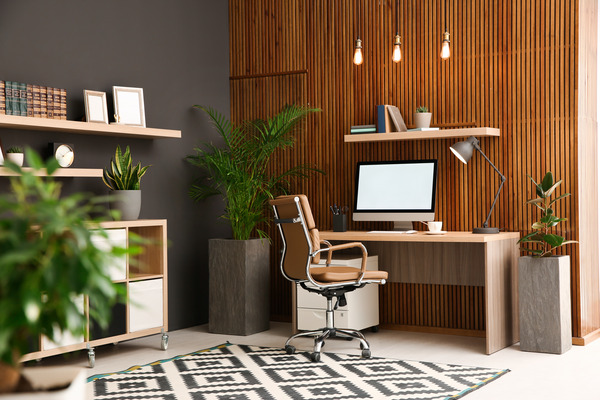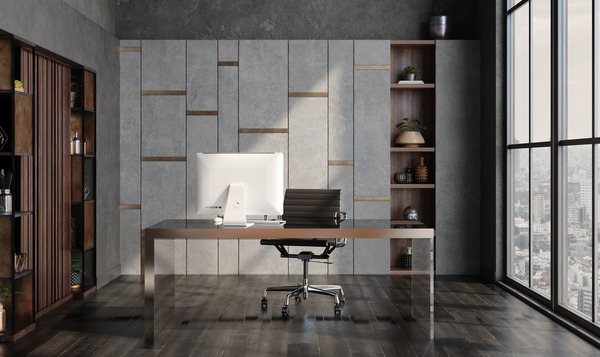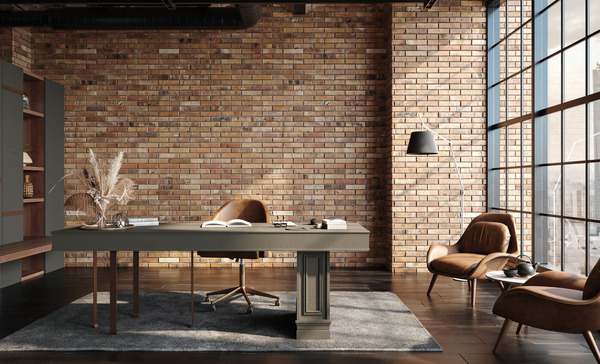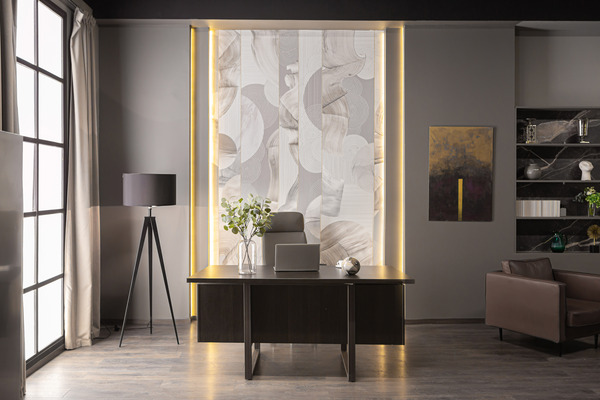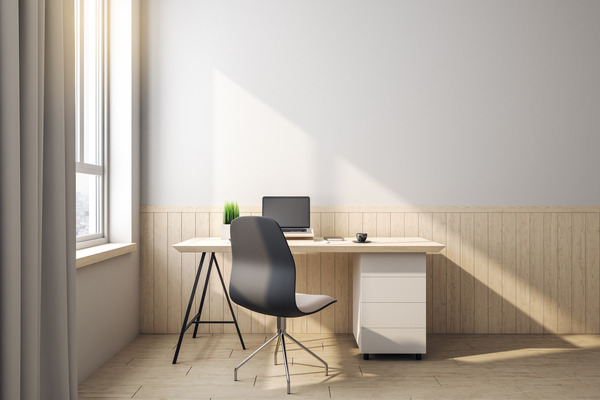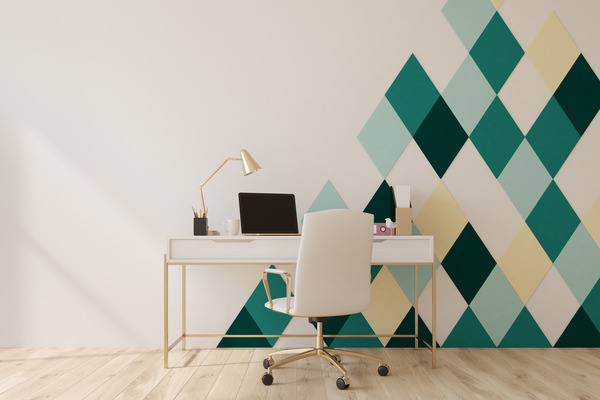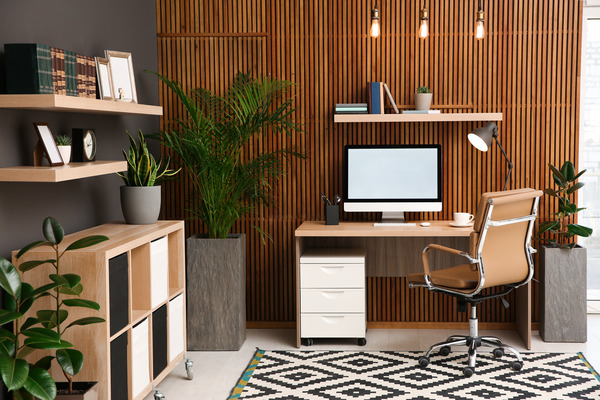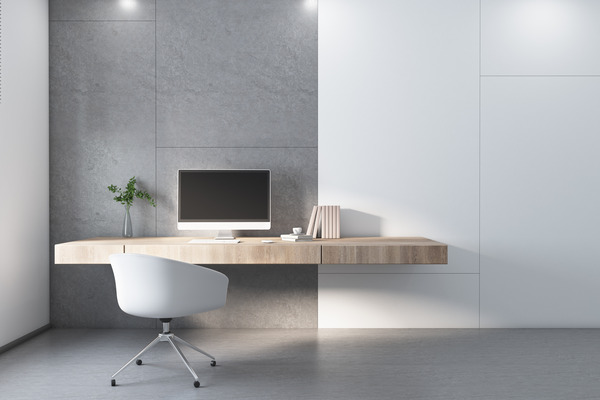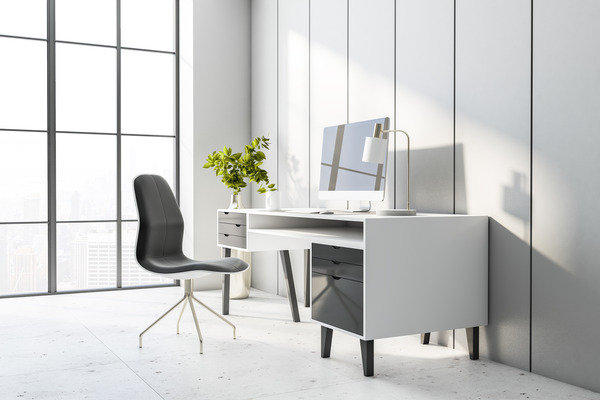Posted by Wall Panels World on 26th Jul 2024
Home Office Panelling | Ideas & Inspiration
Home Office Panelling
Enhancing Your Workspace through Strategic Design
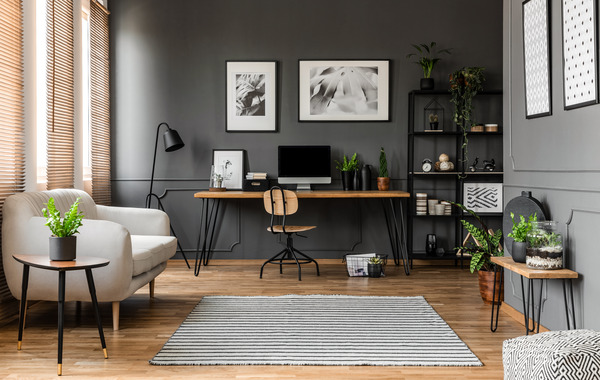
In the evolving landscape of remote work, the significance of a well-designed home office cannot be overstated. Home office panelling emerges as a sophisticated solution, blending functionality with aesthetic appeal. This comprehensive guide delves into the nuances of incorporating panelling into your workspace, exploring its impact on acoustics, productivity, and overall ambience.
Choosing Your Wall Panels
When it comes to home office panelling, sometimes the simplest solutions are the most effective. Here are some practical tips to enhance your workspace:
1. Focus on Your Primary Needs
Before diving into panelling, identify your main issues:
- If echo is your problem, consider simple foam panels on one wall.
- For visual appeal, a single feature wall with decorative panels can make a big impact.
2. Consider Multipurpose Panels
Look for panels that serve more than one function:
- Cork panels can absorb sound and double as pinboards for notes and schedules.
- Whiteboard panels provide a writing surface and can brighten up a room.
- Fabric-covered panels can improve acoustics and allow for easy colour changes.
3. DIY-Friendly Options
Save money with some simple DIY panelling ideas:
- Create simple wood panels using thin plywood and decorative moulding.
- Make your own acoustic panels with insulation, fabric, and a staple gun.
- Use peel-and-stick options for a no-tools-required approach.
4. Don't Forget Practicality
Keep these practical considerations in mind:
- Ensure panels don't block air vents or natural light sources.
- Consider removable options if you're renting or like to change your decor often.
- Leave space for artwork or personal items to keep your office feeling personalised.
Acoustic Wall Panels
Strategic Placement
The efficacy of acoustic panels hinges on their strategic placement. Consider these key areas:
- Behind the desk to absorb sound reflections
- On the wall opposite windows to mitigate external noise
- In corners to reduce low-frequency build-up

Selection Criteria
When choosing acoustic panels, consider:
- Noise Reduction Coefficient (NRC) rating
- Material composition (e.g., fibreglass, foam, wood)
- Aesthetic compatibility with your office decor
- Fire resistance and environmental sustainability

Optimising Productivity
Illumination
Integrate panelling with strategic lighting. Consider wall-mounted sconces or LED strips behind panels for ambient lighting that reduces eye strain and enhances focus.
Colour Psychology
Leverage colour theory in your panel selection. Blues and greens promote calmness and focus, while warm tones like muted oranges can stimulate creativity.
Ergonomics
Design panelling to complement ergonomic principles. Consider standing desk heights and monitor positioning when planning panel layouts.

